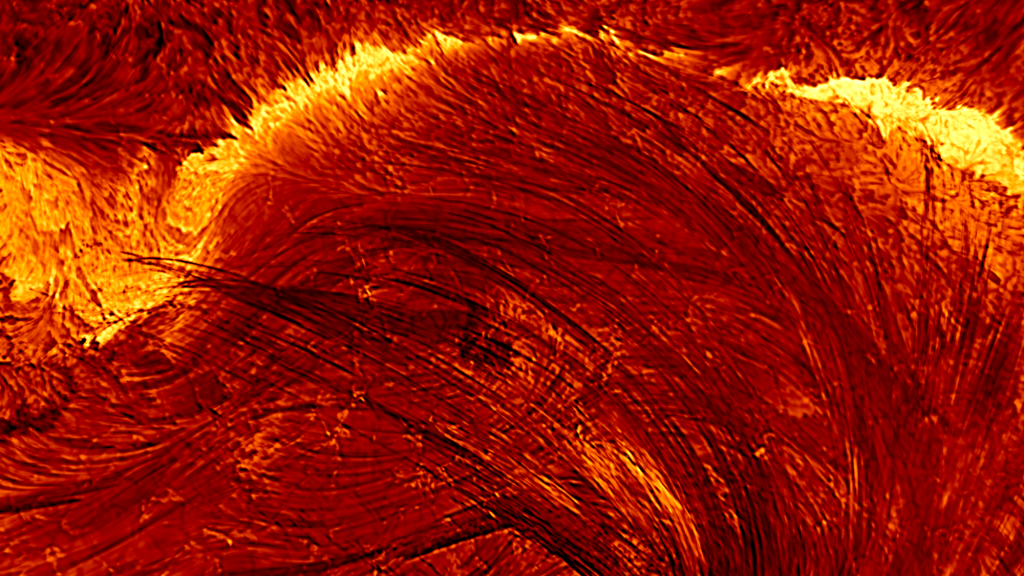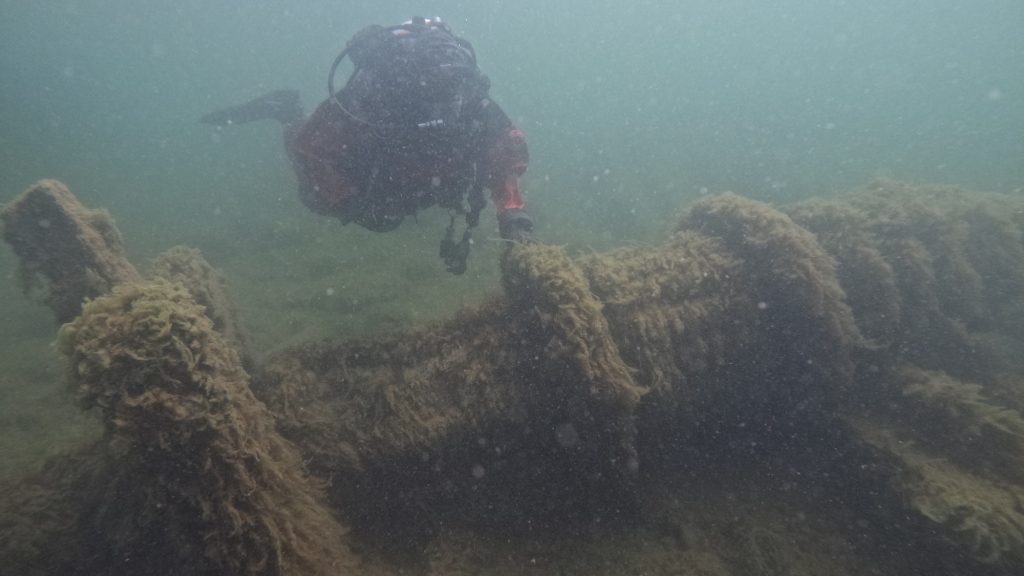Now Reading: Scientists Decode Nature’s Blueprint for Ultra-Fast Tiny Robots
-
01
Scientists Decode Nature’s Blueprint for Ultra-Fast Tiny Robots
Scientists Decode Nature’s Blueprint for Ultra-Fast Tiny Robots

Quick Summary:
- Researchers from University of California, Berkeley, Georgia Institute of Technology, and Ajou University studied Rhagovelia water striders’ unique fan-like propellers.
- the fans passively open and close using surface tension and elastic forces, enabling rapid maneuvers without muscle energy.
- Inspired by this biological mechanism, an insect-scale robot, “Rhagobot,” was engineered featuring self-morphing elastocapillary fans for enhanced aquatic mobility.
- Collaborative efforts combining biology,physics,and robotics led to breakthroughs in understanding the microstructure of RhagoveliaS natural propellers using high-resolution imaging.
- Findings lay groundwork for compact semi-aquatic robots capable of maneuvering fast-flowing environments for applications like environmental monitoring and search-and-rescue missions.
Indian Opinion Analysis:
This interdisciplinary innovation underscores the rising significance of bioinspired design in robotics worldwide. For India as an emerging leader in STEM research and growth, such breakthroughs shed light on how nature-inspired engineering can address real-world challenges efficiently-from climate monitoring to disaster recovery operations. The Rhagobot’s adaptable features serve as a template for designing tools fit to navigate India’s diverse aquatic environments affected by floods or pollution. Additionally, global collaboration demonstrated hear aligns well with India’s vision to foster international partnerships in advancing scientific research with tangible societal benefits.Read More




























